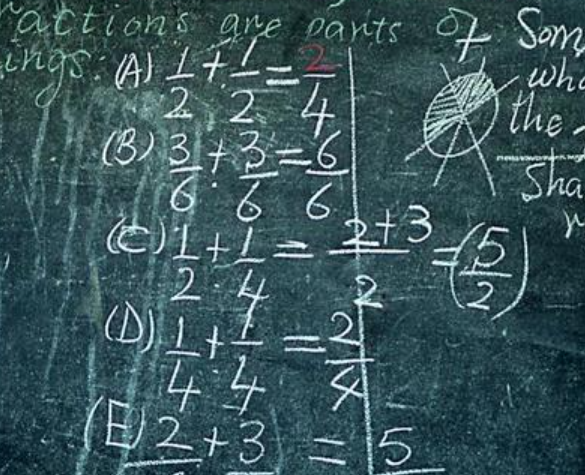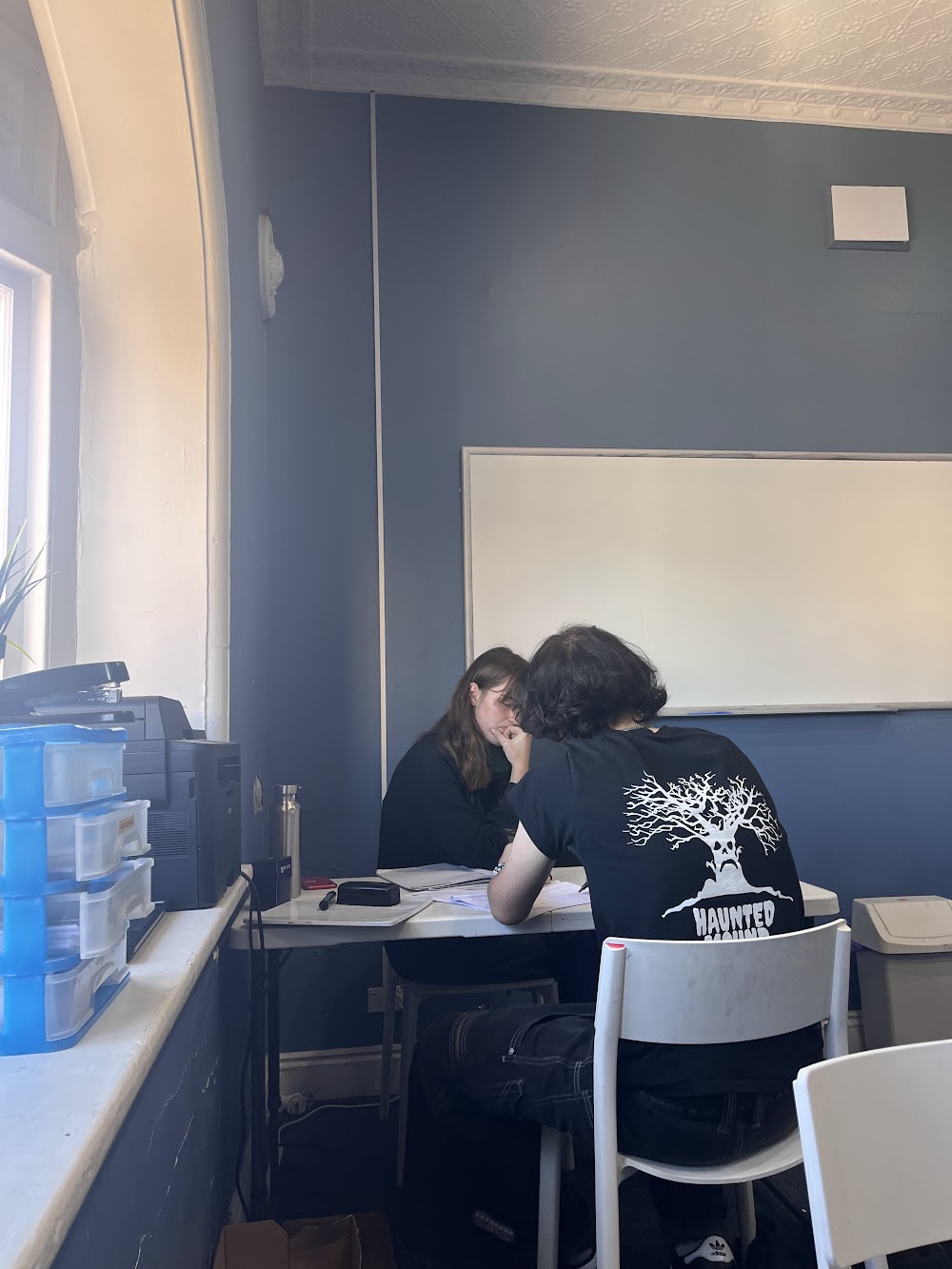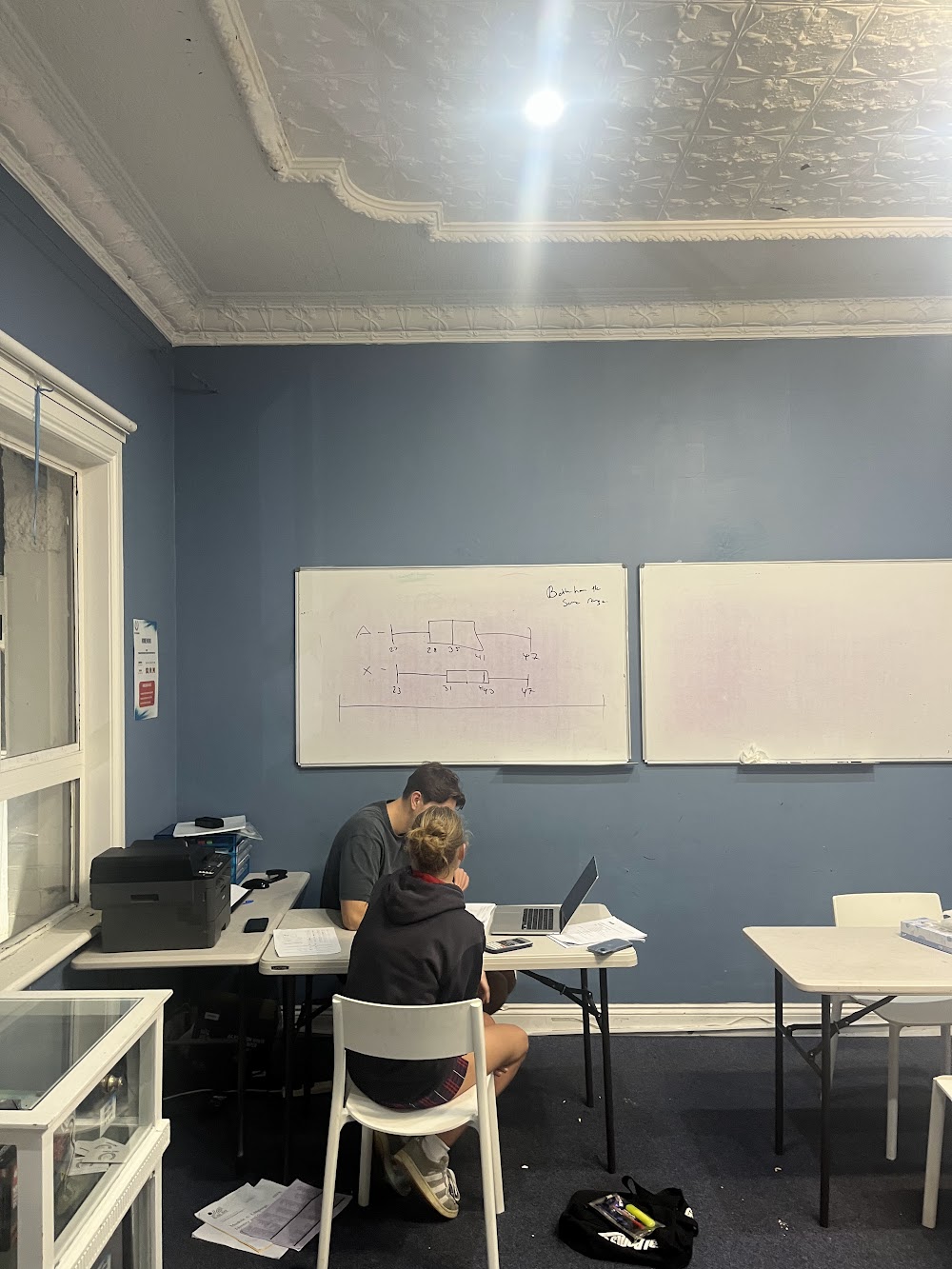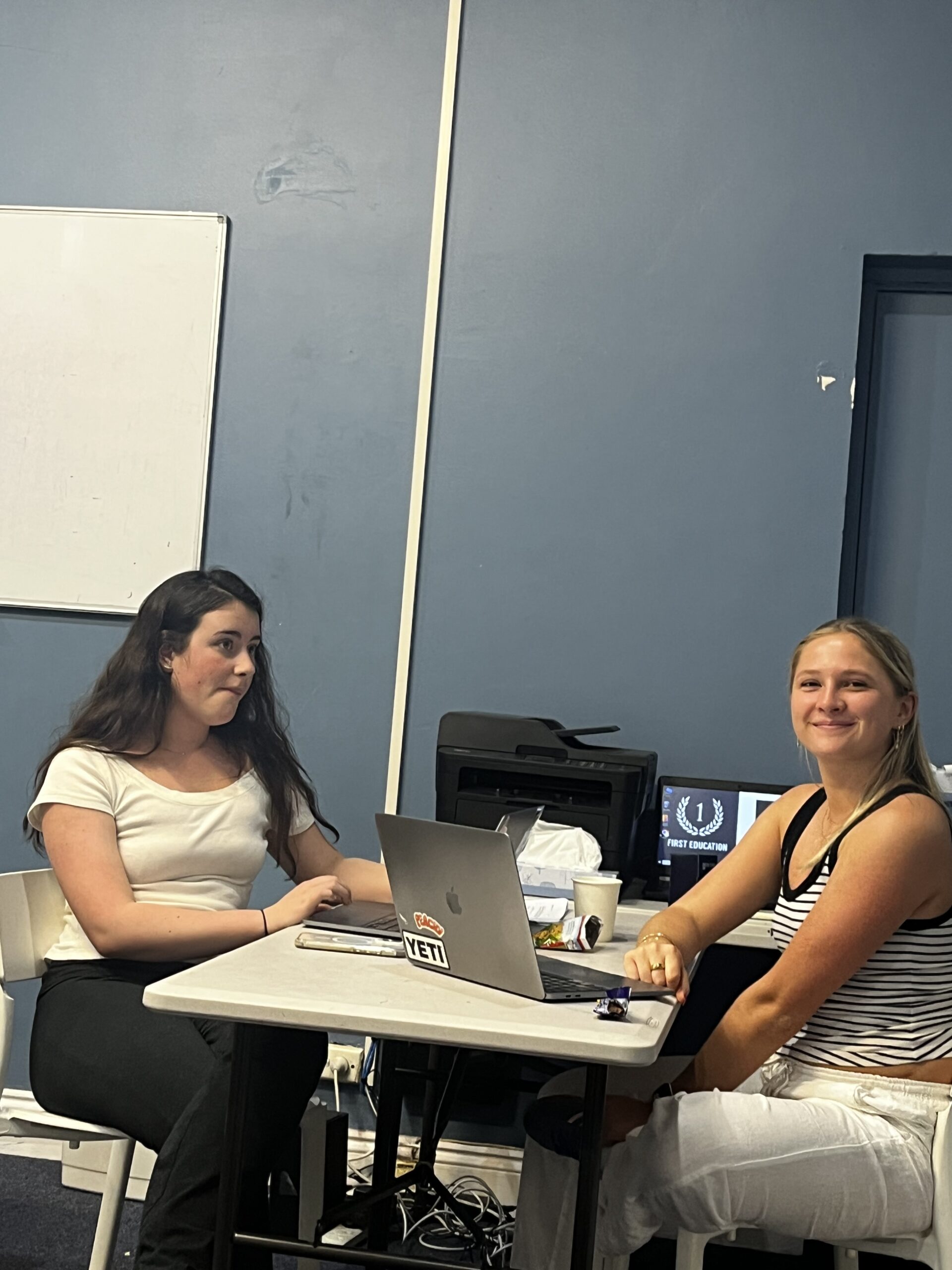
A strategy that I have been implementing for younger students recently is incorporating a stronger feeling of choice or randomisation when doing questions. For example, when the student is completing a page of homework multiplication questions, I will put all of these questions into a random spinner wheel. They then get to spin the wheel and whichever question it lands on is the one that they complete next. This allows for the incorporation of what feels like a game, whilst still doing all of their work and learning. At times, I will also go a step further with this and make it a bingo game (I also play with the questions in different boxes), for a competition. These can be very effective strategies and can be manipulated in many ways. For example, to work both multiplication and division simultaneously, I will often put the answers to the multiplication into the spinner, and they will have to work out which question it fits with.
Another similar strategy is when I am coming up with numbers for an example question, I will get them to pick the numbers out themselves (or draw a card from the uno deck and the corresponding number is used). This makes them feel more included in their learning process and excited about working out the answer, keeping younger students engaged for longer periods of time, and finding enjoyment in their learning.
Riva Burkett










